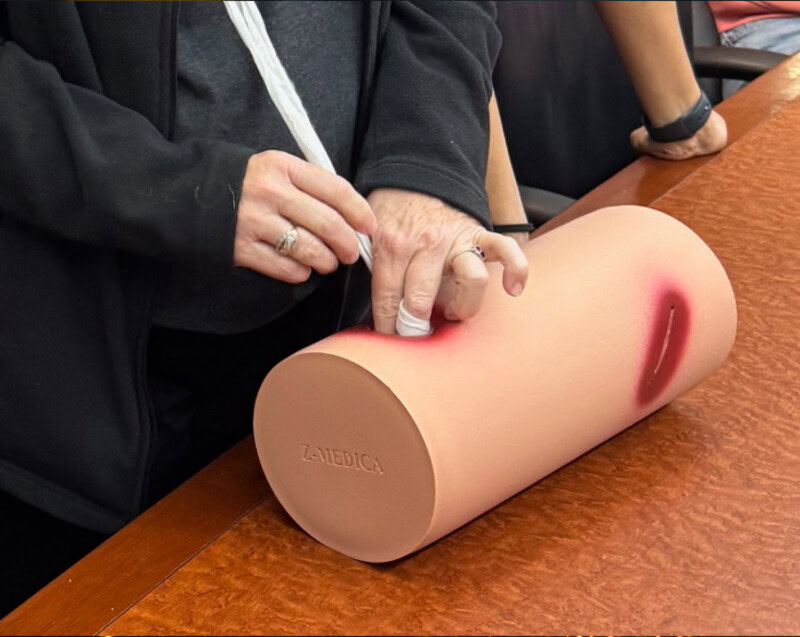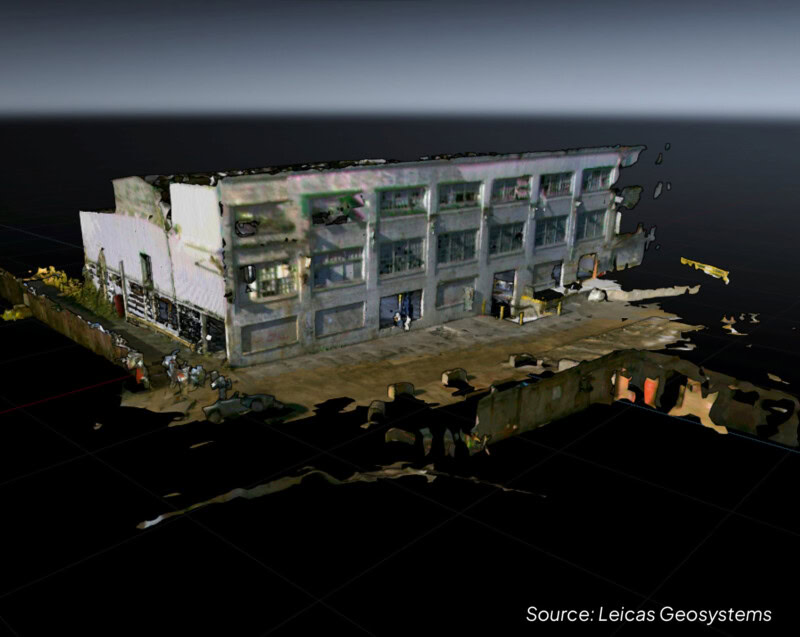COVID-19 has forced employees to adjust to new workplace challenges. But dealing with ergonomic stressors shouldn’t have to be one of them. According to the Bureau of Labor Statistics, musculoskeletal disorders (MSDs), such as carpal tunnel, account for one-third of the nation’s worker injuries and are among the most frequently reported causes of lost or restricted work time. Fortunately, Cole Ledbetter, CIH, CSP, Senior Industrial Hygiene Manager, says there are processes employers can implement to help reduce workers’ risk, whether they’re at home, in the office, or on job sites. Check out our full Q&A below:
Why should workplaces consider ergonomic processes?
Today’s workers spend an increasing amount of time seated in front of screens and monitors. If ergonomics is not taken into account, individuals may suffer from MSDs as a result. With properly situated workstations, employers can help reduce employees’ risk and enhance their overall comfort and health.
Are there general tips to follow during the ergonomic process?
Along with proper management support, workplaces should encourage employees to participate in the process. These individuals are in the environment daily and often able to pinpoint potential areas of concern. Once issues are identified, employers should implement solutions to reduce or eliminate the risk of MSDs, including installing controls or providing personal protective equipment. Employees should also be trained on how to properly set up workstations, use equipment, report symptoms, or receive treatment. These processes should be regularly re-evaluated to ensure controls remain effective.
How do workplaces determine which controls to implement?
There is no one-size-fits-all ergonomics solution. Every workplace and every individual are different. Employers should consider conducting personal workstation assessments, either with the help of a third-party specialist or pre-designated, trained staff member, to ensure proper chair, monitor, mouse, or keyboard placement.
Why is worker training a vital component of the overall process?
Training helps promote proper equipment use and good work habits, techniques, or procedures. It also equips workers with greater awareness of MSD-related pain and injuries, including potential causes, symptoms, and treatment options.
Have additional questions about ergonomic stressors? Contact webquestion@cteh.com.




